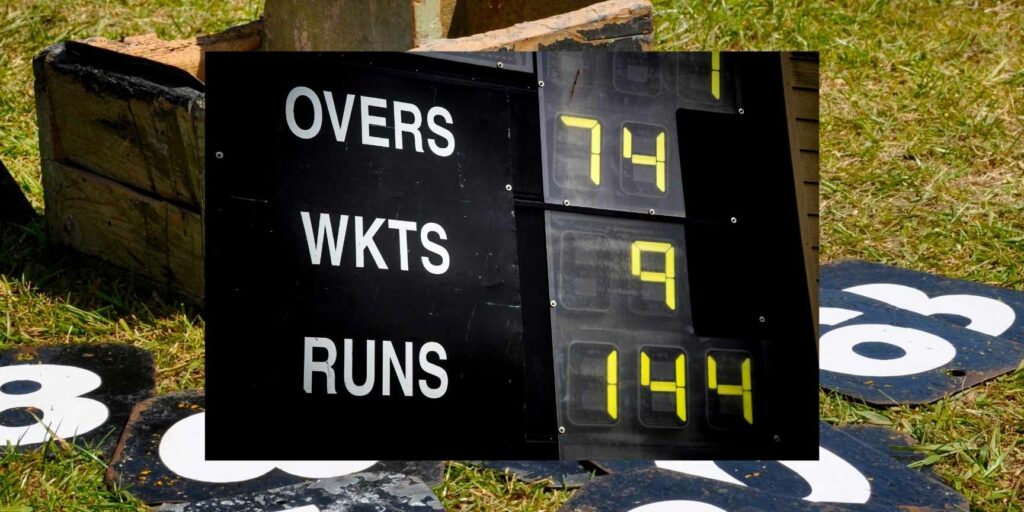The number that is now used to measure performance in cricket is called average. So it can give the idea about the performance of both bowlers and batters. Thus two types of averages are bowing average and batting average.
In cricket, the average is an important statistic used for judging how well a team has performed over a group of matches.
It allows us to compare teams’ records and gives us a good idea about how much the margin of victory changes between matches. Therefore, it’s an important indicator of how well the team is doing and what you can expect in future matches.
How do you calculate the bowling and batting averages?
If you are wondering how to calculate the bowling average in cricket, you came to the right place as here you will all about it. A Bowling average is calculated by dividing the total number of runs given up by the bowler’s total number of wickets taken, excluding any not-outs.
Bowling average may also correspond with batted balls faced, which often serve as a more or less reliable indicator for many bowlers. It may be used to report a rough approximation of a bowler’s skill level.
Whereas if you talk about the batting average, the total runs divided by the number of innings taken by a batsman is called his batting average. So these all batting averages and bowling averages helps the coaches of the team to work on all the weakness in batting and bowing.
Understanding By Example
The principle of the bowling average calculator is that it induces a more or less reliable estimate by measuring the number of runs given up about the number of wickets taken, excluding not-outs. For example, a bowler takes ten wickets in a match and concedes 100 runs, resulting in a bowling average of 10.0.
This means that the total number of runs given up by this bowler was ten times bigger than their number of wickets, or 100 divided by 10 = 10 runs per wicket (r/w). If they had taken no outs, they would have recorded an average of 9.0.
Suppose the same bowler takes ten wickets in a match and concedes 100 runs again, but this time they take only one wicket. That means they conceded 11 more runs than they took or 100 divided by 1 = 11 r/w.
If they had taken no not-outs, their average would have been 10.0 because their total number of runs given up is still 100, and their total number of wickets is still ten times larger than their total runs (100/10 = 10).
Or let suppose that the bowlers take eight wickets in a match, but this time concedes 110 runs to opponents. The number of runs they conceded was 12 more than their number of wickets, or 110 divided by 8 = 13 r/w. This value is less than 10.0 because the total number of runs given up is not ten times larger than the bowler’s total number of wickets but rather 11 times larger.
Types Of Average Used In Cricket Statistic
What is the normal range of a score? What happens when somebody scores 300 or more? Is it considered a big score? When you hear an innings, what does that mean?
It can be complicated to understand the average system as it can be referred to in various ways and relative to various units. Let’s break down the different types of averages, and these will help make sense of these terms.
The Average Runs Scored Per Inning
This is simply the total runs scored in an innings divided by the number of innings played. This gives you a pretty good idea about how batters and bowlers are performing in a given year. However, averages do not always translate well into English unless this point is made clear otherwise.
The Averages In A Match
This is the average score per wicket in an entire match played. To understand this, consider the following example. In the above, there are four matches. Match 1 has one inning and five wickets. Match 2 has one inning and six wickets, etc. Each match is scored out of 10 points.
At each point in time, we know how many points are needed to win each game but not how many points were scored by which team in each match. The three teams all have an average of 10/10 at this point, but this will change over time.
